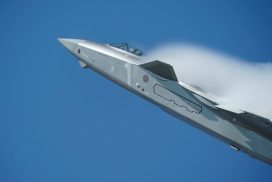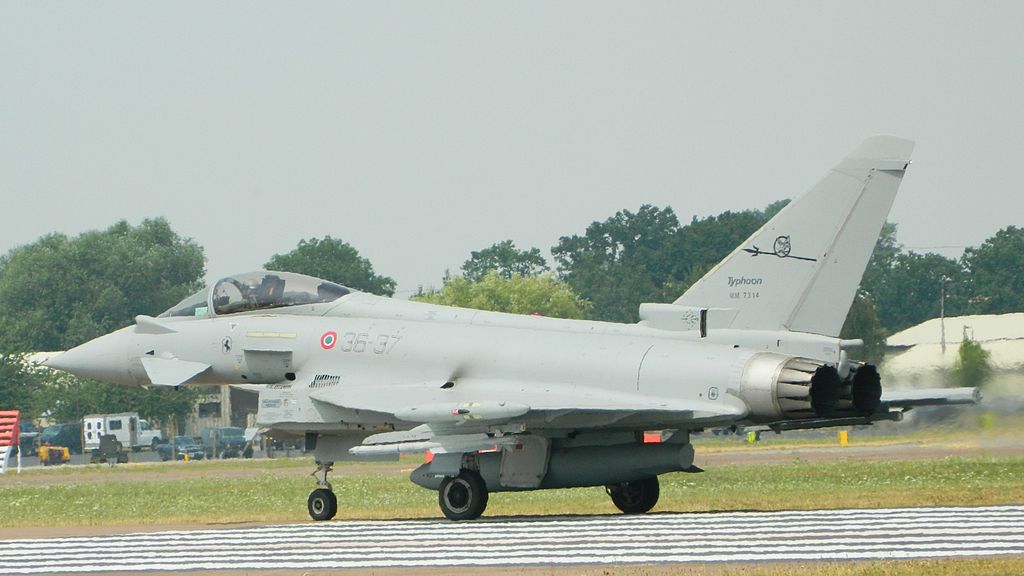As the U.S. Navy moves toward next-generation aircraft such as the Joint Strike Fighter, the service faces a difficult transition, according to the Navy’s vice commander for aviation.“Managing old and new assets at the same time is historically a very difficult part of getting systems into the fleet,” said Rear Adm. Stephen Enewold, vice commander of Naval Air Systems Command, at the Naval Force Transformation conference May 31 in Alexandria, Va.As the sea service begins to integrate the the F-35 Lightning II (formerly known as the Joint Strike Fighter) and F/A-18E Super Hornet into its aviation arsenal, the transition will challenge both the operational and acquisition sides, Enewold said.The introduction of new aircraft creates an overlapping period where older aircraft must be maintained while pilots are flying missions with a mix of new and old assets, he explained. The combination creates a balancing act for operators and for the acquisition personnel at the Pentagon, who must figure out the right mix of aircraft to meet mission requirements.Further, the admiral argued that the demand for naval air assets is increasing for both combat and other missions, such as humanitarian assistance and disaster relief. This upturn in demand is stressing an aging fleet and driving operating costs up. Marine Corps aircraft are the most stressed by the high operational tempo, Enewold said.The Navy also faces a shrinking aerospace “talent pool” of structural engineers and other technical brainpower in the ranks, he said.Unmanned aviation eventually will play a larger role, but there is still work to be done in the realm of concepts of operations for UAVs, Enewold said.“I see more UAVs of fewer types in the future,” he said.The Navy must improve its information technology to better keep pace with the civilian world and also match what its younger sailors are used to, a senior Navy IT official.David Weddell, assistant deputy chief of naval operations for networks, said the Navy has more than 1,100 “legacy networks,” and the service must move away from those myriad systems and toward more advanced IT capabilities.“Most [Navy surface] combatants sail with less bandwidth than a teenager has on a cell phone,” Weddell said.Looking to increase the amount of information it can move and coordinate, Weddell said the service is planning to examine its so-called “afloat architecture” in a program review for 2009 and beyond, which will include long-term budget planning for updated systems.In 2010, the Navy is to centralize its shore IT systems and begin determining then what will replace the Navy-Marine Corps Intranet.As it makes these decisions about how to upgrade its information capabilities, the Navy must move away from its long-practiced tendency toward using a single vendor for its IT needs, Weddell said. Future plans should include off-the-shelf, interoperable products from several vendors, he said.More advanced IT capacity won’t just cut costs and improve communications, Weddell said — it will enable the Navy to accommodate its younger generation of “Millennial” sailors — people younger than 25 who have grown up with the Internet, cell phones and computers.
Menu
Copyright © 2007- 2025 • Defence Aviation • All Rights Reserved. Reproduction without explicit permission is prohibited.



